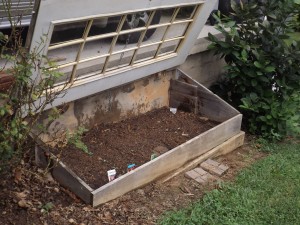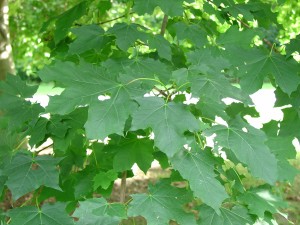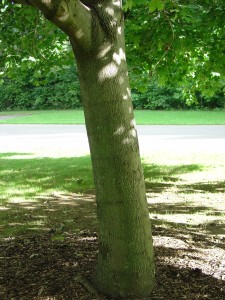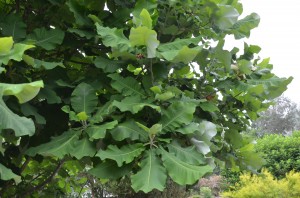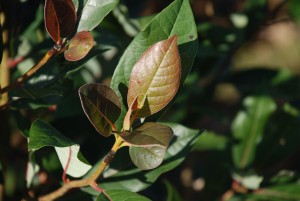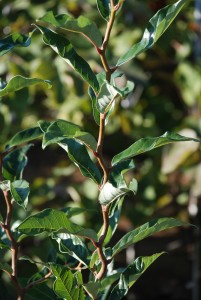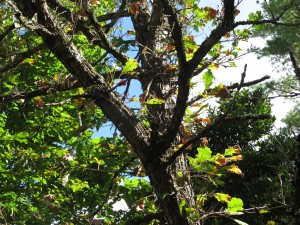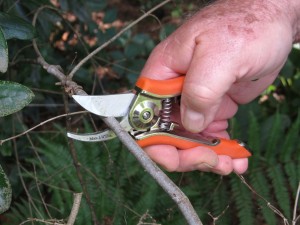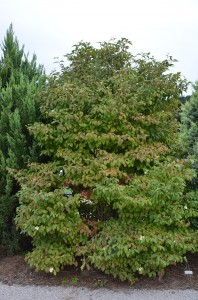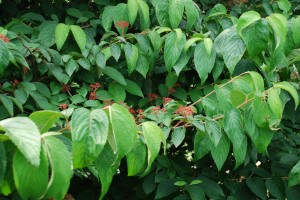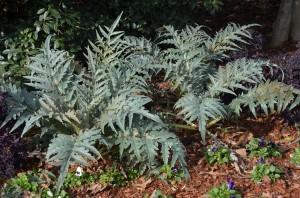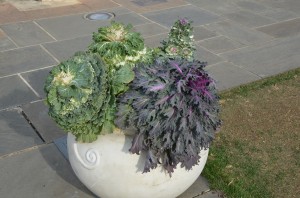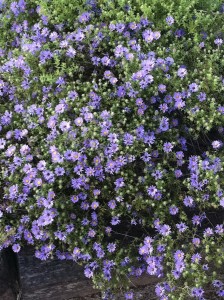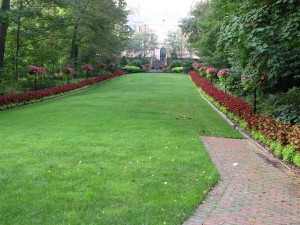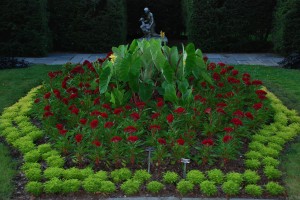In early fall before killing frost arrives, harvest of fresh vegetables is central on gardeners’ minds. You might consider storing some (not all) vegetables outdoors to take advantage of frigid winter temperatures ahead. Limited refrigerator space in your kitchen is not taken up.
Some root vegetables- namely beets, carrots, rutabagas and parsnips- are long keepers. These vegetables store best when harvested near, but not past, their maturity. To maintain safe eating quality, veggies need to be stored within a narrow temperature range between 33 and 40° F.
Carefully gather root crops without bruising or cutting the edible portions. Use a sharp knife to pare away stems and leaves. Gently wash away most of the soil from roots. Cover in damp sand or blanket with a 6 inch layer of loose (not packing) tree leaves or organic mulch.
A second option is to build your own root storage bin in a shady area near the home. Pack the vegetables into a tub, wooden box, 5-gallon bucket, or a plastic storage box (punctured with drainage holes). Start by placing several inches of moist sand on the bottom of the container. Lay a single layer of root vegetables that are not touching one another on the sand. Cover them completely with sand.
If the box is deep enough, add another layer of veggies and sand layer until box or bin is nearly full. Finish covering with a layer of moist sand. Plan accordingly as a full container may likely be too heavy to lift. When you are preparing a meal, remove stored vegetables as needed over the fall and winter months.
If you live in a cool (not frigid) winter climate, overwinter cool crops (broccoli, cauliflower, kale, cabbages, head lettuce) in a cold frame. Cover the harvested crops with a 6-12 inch layer of loose straw or leaves. No part of the green vegetable tissue should be left exposed. If covered with the glass slash, place a cloth blanket over so the sun does not heat up the cold frame. Plan to consume all veggies before the cold frame is needed to start new vegetable and flower plants in late winter.

